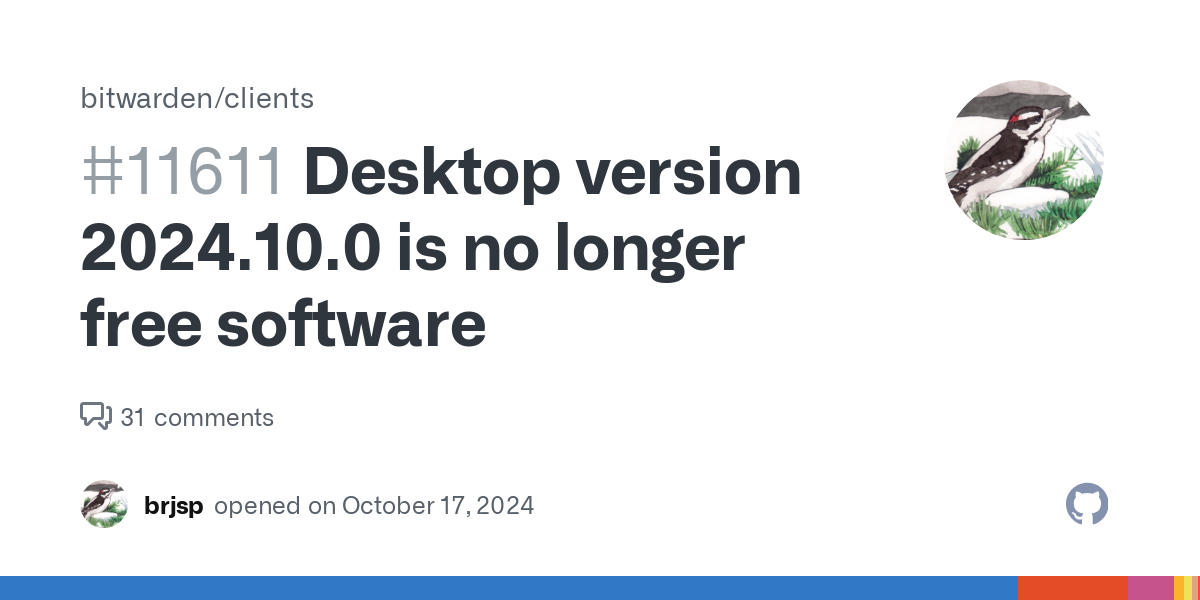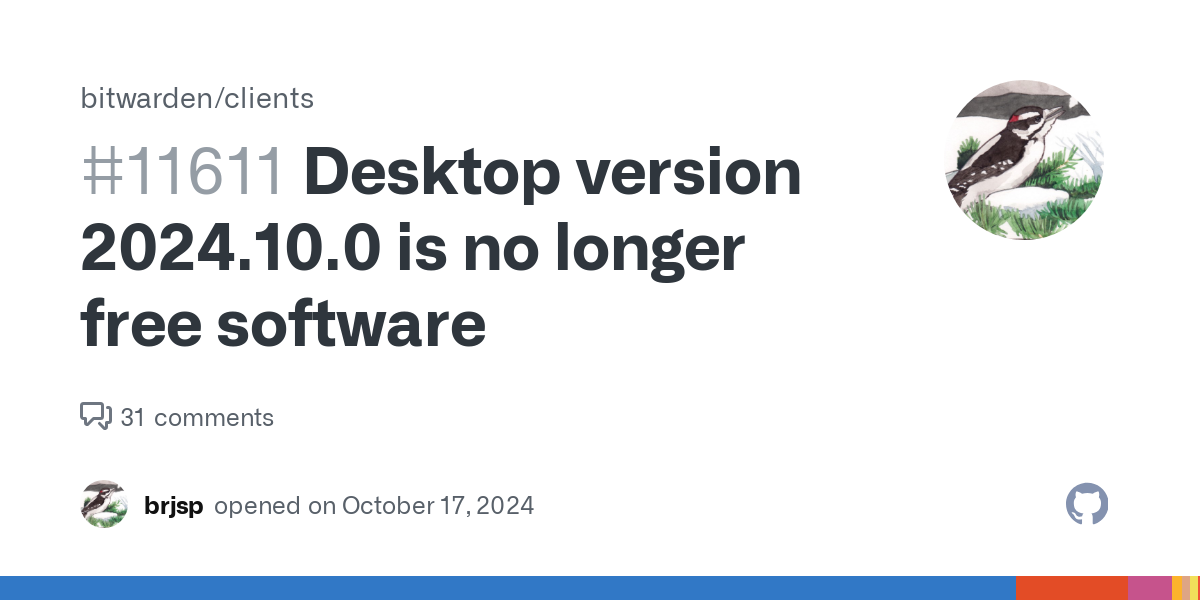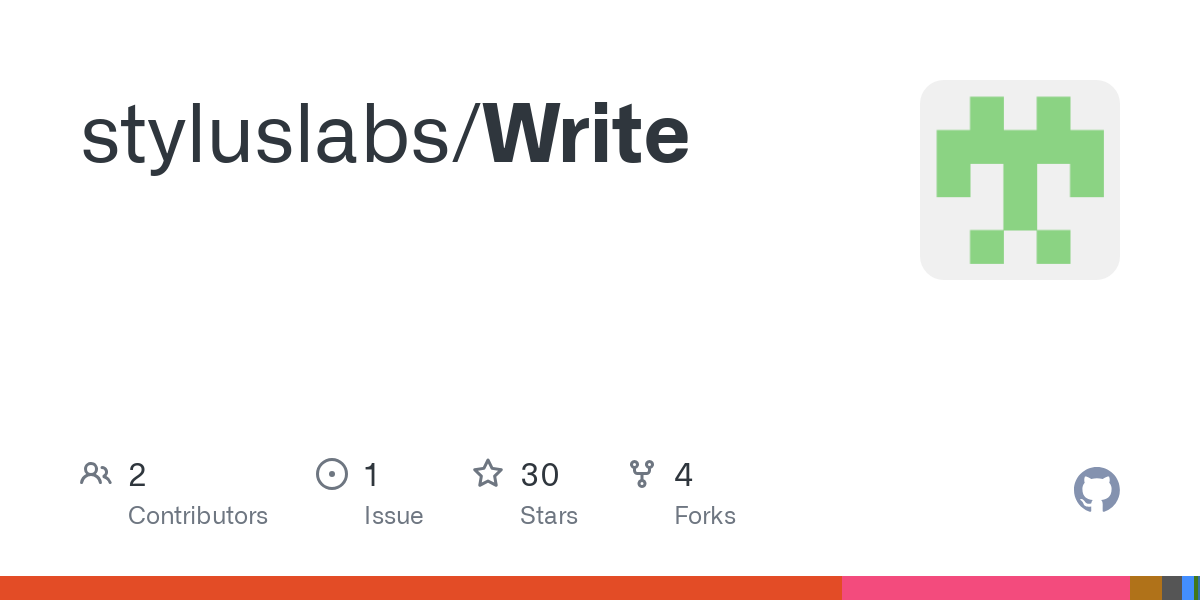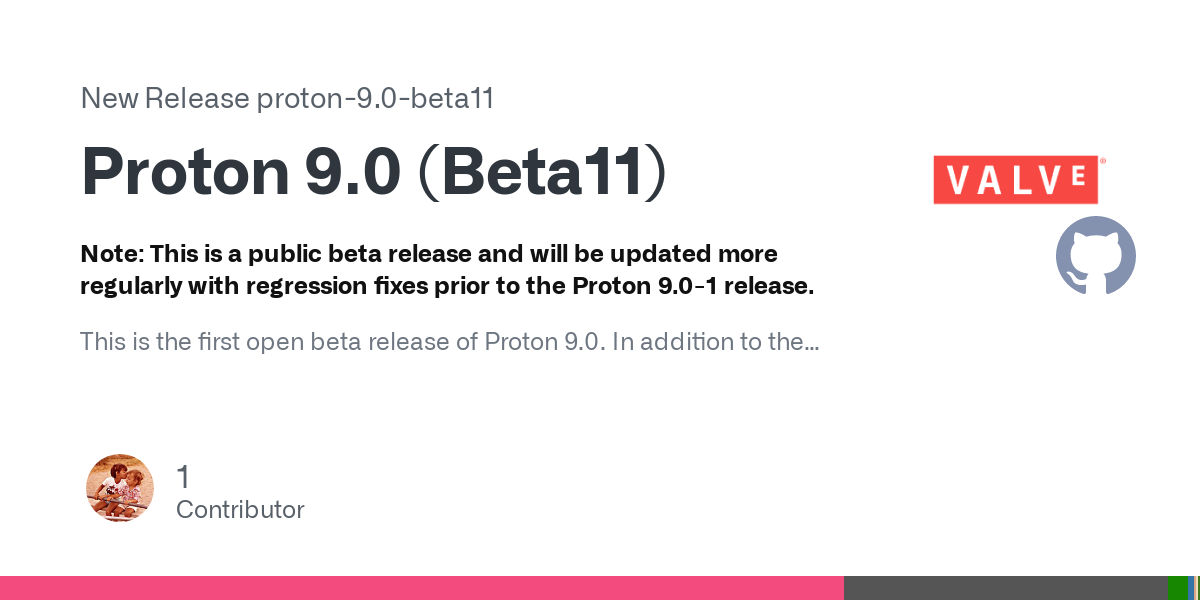

Like with image handling or whatever.
I’d expect TOR browser to mitigate this. Canvas2D is disabled for instance and system fonts aren’t exposed.
Most other things could be mitigated by making every platform use the same code paths for e.g. font rendering. It should be pretty damn hard to determine which OS it is when the userspace is the same. I don’t know whether TOR browser currently does this though.















You need to point it at your btrfs, so i.e.
/.